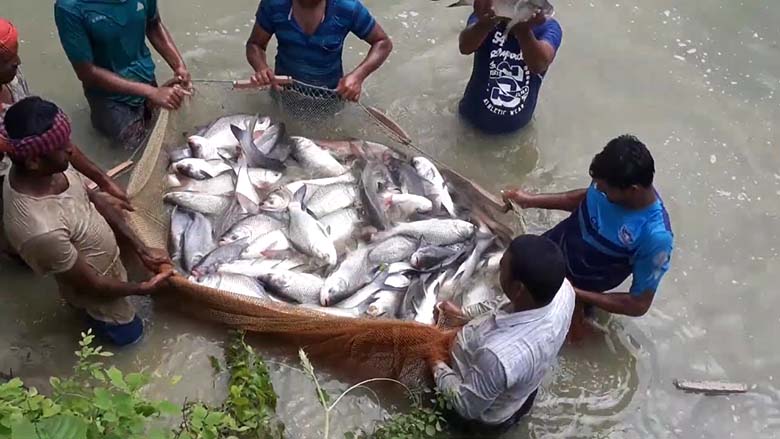
Aquaculture has become the one of fastest growing industry in the world over the past decades. Though, there are many challenges, such as causing damage to the environment, creating shortage of water, limited land and high costs. Eventually, the growth of aquaculture has led to increased pollution, disease outbreaks and high losses. Due to its significant economic, social and environmental impact, organizations are searching for better, more sustainable ways to grow aquaculture.
Sustainable aquaculture:
Sustainable development prioritizes the management, preservation of natural resources and the adaptation of technological, institutional changes to meet human needs both now and in the future.
Sustainable aquaculture refers to aquaculture practices that prioritize environmental, economic and social sustainability in order to enhance capacity building and optimally utilize land within the aquaculture industry.
Sustainable practices for minimizing cost:
Buying commodities in bulk rather than by the bag saves money on feed. Feed and forage should be combined. Consider feeding a single commodity in conjunction with higher-quality forage. It may be less expensive than providing a higher-priced ration with lower-quality forage.
The use of modern aquacultural techniques, efficient farm planning, diversified aquaculture through demand-driven production, and better exposure to local and distant markets can assist farmers in lowering fish production costs, increasing demand for their aquacultural produce, and exploring additional markets.
Feed is an important input in commercial aquaculture, accounting for nearly 60% of total production costs. As a result, nutritionally balanced and cost-effective diets play a significant role in determining the return on an aquaculture venture. Aquaculture feed costs are skyrocketing due to increased demand for fishmeal, which is also causing over exploitation of capture fisheries. The substitution of plant-based feed ingredients for animal-based feed ingredients can be a sustainable practice.
Sustainable aquaculture only cultivates open-water species that occur naturally in the area. Where the aquaculture takes place only in closed waterbody such as bag nets, sea pens, or the equivalent. Sustainable aquaculture also has no negative environmental impacts. Furthermore, it poses no threat to local wild populations. Because it does not use genetically engineered fish or feed.
There are numerous other benefits to sustainable aquaculture. It does not stock species in sufficient numbers to risk outbreaks and disease transmission. It also does not deplete local drinking water sources, mangrove forests, or other natural resources. It does not endanger human health. It provides economic and social support to local communities.
Renewable energy in aquaculture can be advantageous because it is a cost-effective, environmentally friendly, and carbon-neutral technology. A wide range of renewable energy techniques are wind-powered water pumps and solar-powered water heating systems. These are making their way into the aquaculture industry.
The use of organic inputs in aquaculture is at the core of sustainable aquaculture. There will be no use of inorganic fertilizer, pesticides, or antibiotics. It produces healthy fish that are free of pesticide and antibiotic residues.
Aquaponics, integrated multi-trophic aquaculture systems (IMTA), in-pond raceways (IPR), re-circulatory aquaculture systems (RAS), and bio-floc technology (BFT) are among the new sustainable technologies. All of these systems save water, make better use of waste, and reduce pollution. These systems generate massive profits with minimal investment and risk.
Most aquafarmers are constantly looking for ways to improve their production practices in order to become more efficient and cost-effective. Aquaculture has the potential to become a sustainable practice that can supplement capture fisheries. Sustainable aquaculture can contribute significantly to feeding the world’s growing population.
Farhana Islam
Agriculturist, Researcher
